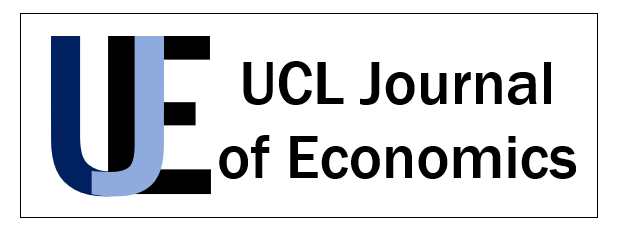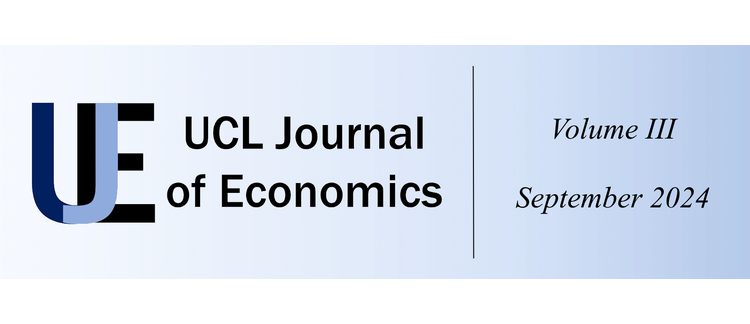Abstract
This paper examines hydrogen-powered aircraft as a means to reduce commercial aviation's long-run environmental impact in Europe, aligning with the EU's 2050 net- zero emissions goal. Focusing on short-haul intra-European flights, our study proposes a network of on-site electrolysers powering a fleet of hybrid hydrogen aircrafts. We model (1) the monetary cost of emissions in aviation, (2) how pollutive flight routes are, and (3) the private (monetary) costs of equipping airports with hydrogen infrastructure and servicing aircrafts. We develop a novel combinatorial optimisation algorithm to select airports to decarbonise across a range of carbon cost cases. We find that €2.79bn in long-run annual welfare can be unlocked under the base case. Finally, we illustrate how an EU-wide kerosene tax is expected to provide an additional €3.13bn long-run annual welfare with this approach.
Keywords: Environment, Hydrogen, Aviation, Networks, Combinatorial Optimisation, Emissions, EU
How to Cite:
Sizov, P., Philtjens, D., Yuen, J., Kunjam, & Bryant, J., (2024) “Minimisation of Environmental Impact of Commercial Aviation in Europe: Hydrogen-Powered Aircrafts”, UCL Journal of Economics 3(1). doi: https://doi.org/10.14324/111.444.2755-0877.1856
Downloads:
Download PDF
View PDF
769 Views
151 Downloads

